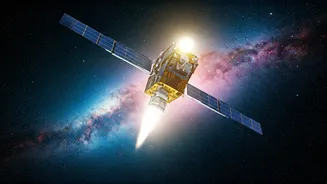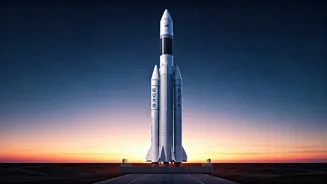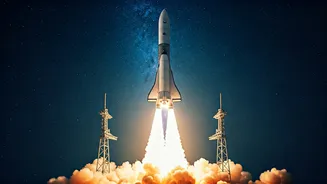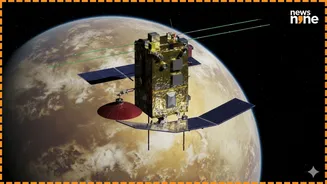The ISS's Farewell
The International Space Station (ISS), a collaborative marvel, is nearing the end of its operational life. NASA has announced plans to retire the ISS and
perform a controlled deorbiting maneuver. The projected timeframe for this significant event is 2030, marking the conclusion of decades of continuous human presence in space and countless scientific discoveries. The decision to retire the ISS is driven by factors such as aging hardware, increasing maintenance demands, and the development of new, more advanced space exploration platforms. The process will involve a series of maneuvers, ensuring the ISS enters the atmosphere at a specific location for a safe reentry and disposal.
Destination: Point Nemo
The designated graveyard for the ISS is Point Nemo, also known as the Oceanic Pole of Inaccessibility. Located in the South Pacific Ocean, this area is the furthest point from any landmass on Earth. This isolation makes Point Nemo ideal for the disposal of spacecraft, as the likelihood of debris impacting populated areas is minimal. Given the remote location of Point Nemo, the impact site will be far from any human presence. This careful selection underscores the importance of minimizing potential hazards to terrestrial populations during the spacecraft's controlled destruction. The ISS's controlled descent will involve guiding it through Earth's atmosphere.
Deorbiting Strategy
The deorbiting process involves precise planning and execution to ensure the safe and controlled destruction of the ISS. The process requires a series of carefully planned maneuvers that will gradually lower the station's orbit. These maneuvers will bring the ISS into the Earth's atmosphere, where it will begin to break apart due to the extreme heat and friction. The goal is to direct the remnants of the station to a predetermined area within Point Nemo. Before the final plunge, the station's systems will be shut down and preparations made for its breakup. This operation necessitates meticulous calculations to account for atmospheric conditions and orbital dynamics.
A Legacy in Space
The International Space Station has been a symbol of international cooperation in space exploration. It has hosted astronauts from various countries, facilitating scientific research and technological advancements. Its purpose has evolved from a testbed for prolonged space missions to an essential venue for conducting experiments in microgravity. Over its lifespan, the ISS has been a home for scientific investigations. Many of these experiments have covered areas from biology and materials science to physics and astronomy. As the ISS nears the end of its operational phase, its contribution to human understanding and exploration of space remains significant. The experiments performed there have enhanced our understanding of the cosmos.
Future Space Endeavors
The retirement of the ISS is not the end of space exploration but a transition towards new ventures. As the ISS's time in space comes to a close, plans are already in motion for future space stations and exploration missions. These include commercial space stations and continued deep space exploration. NASA and other space agencies are committed to expanding human presence beyond low Earth orbit. These initiatives represent the next chapter in the pursuit of knowledge. The legacy of the ISS will continue to influence and inspire future endeavors into space, setting the stage for even more ambitious projects and discoveries.












